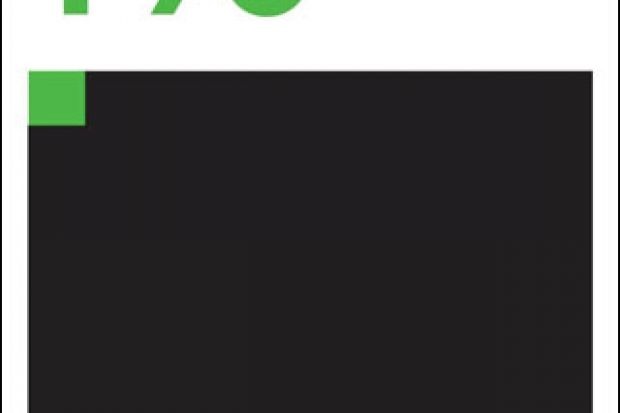The growing recognition of the negative impact of social inequality in the UK owes much to the work of Danny Dorling himself, along with that of scholars such as Kate Pickett and Richard Wilkinson, authors of The Spirit Level: Why Equality is Better For Everyone. Dorling’s latest book continues and enhances that tradition, demonstrating the concentration of wealth in the hands of just a few. As he points out, if the distribution of wealth were seen in terms of a map of the UK, the overwhelming majority of us have no chance of owning anything until north of Hadrian’s Wall: everything below that is owned by the wealthiest 1 per cent. At least as shocking is Dorling’s estimate of the full cost of a student loan: presuming a graduate starting salary of £26,000, a £50,000 loan could eventually cost £166,150.
In health, education, public services and indeed every area of our lives, social inequality matters, and Dorling has at hand considerable, and considered, evidence that demonstrates precisely how it is structured and maintained by material inequality. It is this aspect – the maintenance of social inequality – that is perhaps the most fundamentally important part of this book. It is also the aspect of the book that most deserves development, not just by Dorling (since one person can do only so much) but also by others who have come to loathe the “private is good/public is bad” mantra. It is that poisoning of our civic culture that threatens to allow the 1 per cent to perpetuate not only the delights of their privilege but also its legitimacy.
For this reason – the way in which the legitimacy of material and social inequality is justified and indeed has been increasingly naturalised since the years of Margaret Thatcher – I would suggest that perhaps there is also a case for thinking as much about the 7 per cent (the proportion of the secondary school population in private education) as the 1 per cent. A great many of the 7 per cent end up in the 1 per cent, but the truly corrosive impact of private education is the tacit acceptance by far too many people that this form of education is somehow “better”. Wrong: it is better at providing privileged access to power and money. But with the acceptance that private education is some kind of sacred choice and elemental form of freedom goes a mindset that extends the virtues of the private to other aspects of society: health and housing to mention but two that radically affect people’s lives.
So the cultural politics of inequality is crucially important, as is communicating to the population as a whole the lasting, corrosive poverty that faces many people either in paid work or reliant, for various reasons, on state benefits. Dorling is right to point out that rates of taxation have declined since the 1980s, but there is also a case for noting the amounts of regressive indirect taxation that we all pay through VAT. One of the most baffling aspects of reading Inequality and the 1% lies not in the book itself but in the absence of comment by the Labour Party on the inequalities Dorling sets out. There are so many instances where at least a mention of social inequality by Labour might be relevant that a reader (and voter) can only ask if aspirations to share in the world of the 1 per cent (or 7 per cent) extend across all members of the House of Commons.
Dorling’s book is essential and foundational reading for anyone who wishes to think about (or indeed change) the present organisation of wealth and power in the UK. With that foundation, it may then be possible to address some of those assumptions that fuel resistance to, for example, higher taxation or the abolition of private schools. Those assumptions – that “wealth creators” will flee the country should taxation rise or that the skills of the most highly paid are given by divine intervention and cannot be reproduced by others – need both systematic challenge and the mockery they deserve. We also need to recognise the pernicious and increasingly vicious culture that allows inequality (in its many forms across lines of age, gender and race as well as class) to persist.
Inequality and the 1%
By Danny Dorling
Verso, 240pp, £12.99
ISBN 9781781685853 and 5860 (e-book)
Published 26 September 2014
Register to continue
Why register?
- Registration is free and only takes a moment
- Once registered, you can read 3 articles a month
- Sign up for our newsletter
Subscribe
Or subscribe for unlimited access to:
- Unlimited access to news, views, insights & reviews
- Digital editions
- Digital access to THE’s university and college rankings analysis
Already registered or a current subscriber? Login





